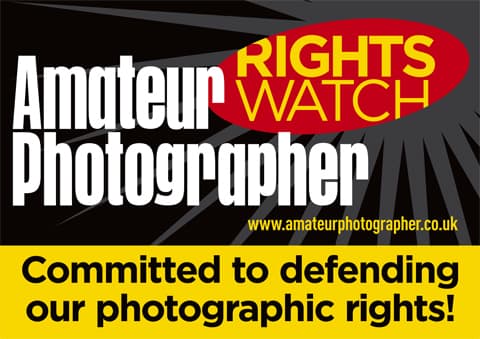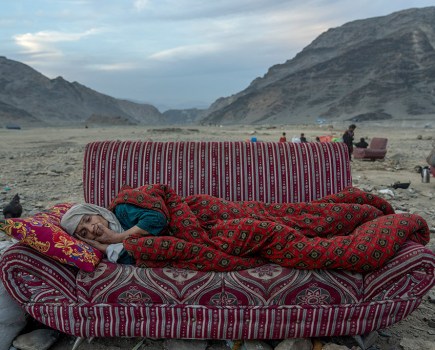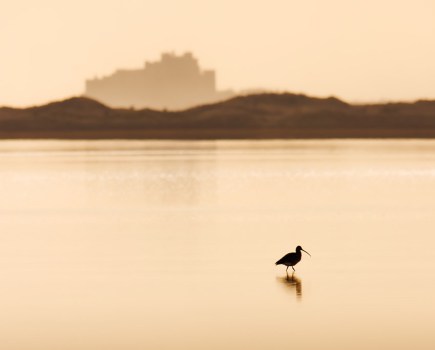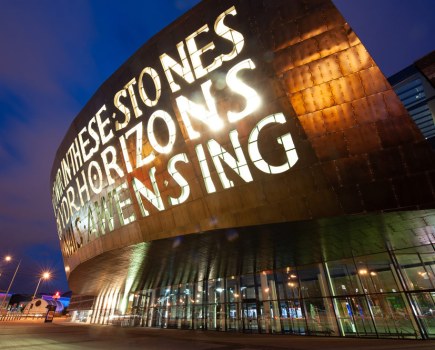 The UK Government has today issued guidance to the private security industry after photographers mounted a nationwide campaign to stop guards acting overzealously.
The UK Government has today issued guidance to the private security industry after photographers mounted a nationwide campaign to stop guards acting overzealously.
READ THE GUIDANCE IN FULL HERE
NEWS UPDATE: PHOTOGRAPHERS GIVE THEIR REACTION
The four-page guidance is entitled Photography and Hostile Reconnaissance and has been drawn up by the Home Office in conjunction with the British Security Industry Association (BSIA), following advice given in meetings with photography groups (including Amateur Photographer) and counter-terrorism police.
The BSIA is a trade body for the private security services industry. It has more than 570 members, which employ more than 75,000 security officers.
The Home Office urges the security industry to follow the guidance, though adoption of the rules is not compulsory.
Distributed to BSIA members it tells security staff: ?From a security personnel point of view, it is important to appreciate that even when politely seeking information from members of the public, this can be regarded as unwarranted intrusion.?
The guidance follows the Government’s counter-terrorism review, released in January, which recommended that guidance given to security guards be ‘reevaluated to ensure it sufficiently reflects the right of the public to take photographs’.
In an email to Amateur Photographer (AP), a spokesperson for the Office for Security and Counter-Terrorism said today: ‘As agreed at our meeting in July, we have been working with the British Security Industry Authority to produce and distribute guidance to security guards on hostile reconnaissance and photographers’ rights.
‘We have ensured that the points you raised in the meeting, and subsequent email contact, have been included in the guidance.’
According to an introduction to the guide, the document has been distributed to the BSIA’s Security Guarding, Police and Public Services, Leisure Industry, Crowd Management, Close Protection and Security Consultancies sections, and the Training Providers group.
It adds: ‘The BSIA encourages its members to distribute this guidance to any employees likely to come into contact with members of the public taking photographs and filming.’
The advice aims to guide security staff on the correct course of action and to identify what is ‘reasonable and innocent behaviour’.
Key points include:
? The size and type of cameras are not, in themselves, indications of suspicious behaviour. Large cameras, lenses and tripods should not, therefore, be viewed as being more suspicious than other types of equipment.
? If an individual is in a public place photographing or filming a private building, security guards have no right to prevent the individual from taking photographs
? Members of the public and the media do not need a permit to film or photograph in public places. This includes where an individual is in a public place but taking a photograph or film of a private building
? Security guards cannot delete images or seize cameras, nor can they obstruct individuals from taking photographs
Last month amateur photographer Chris White was stopped by a security guard while taking photos of his daughter eating an ice-cream.
But this was far from an isolated incident. For years, photographers have complained that they attract the unwarranted attention of security personnel, just for carrying a camera.
In another seemingly bizarre case, a guard reportedly branded two grandparents in Hampshire a terrorist threat after they were spotted taking pictures of their grandchildren on a Christmas shopping trip.
Giving his initial reaction to the news, Mark Singleton of campaigning website SceneThat, hailed it a ‘great step forward’.
The guidance, which is available on the BSIA website, can be downloaded HERE
Keep an eye on the AP website for more reaction to this story in the coming days.
RELATED ARTICLES
AP meets counter-terrorism officials at Home Office







